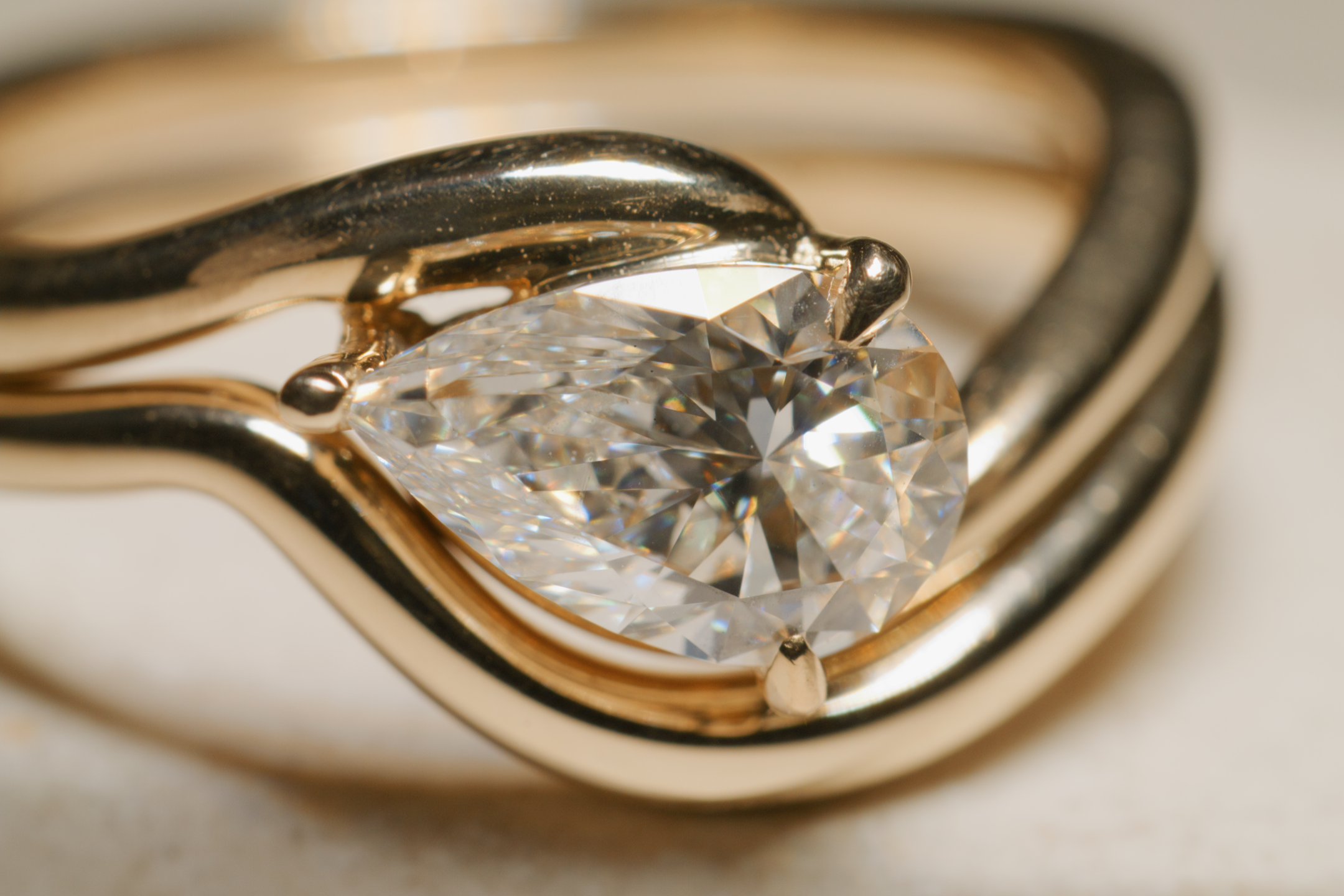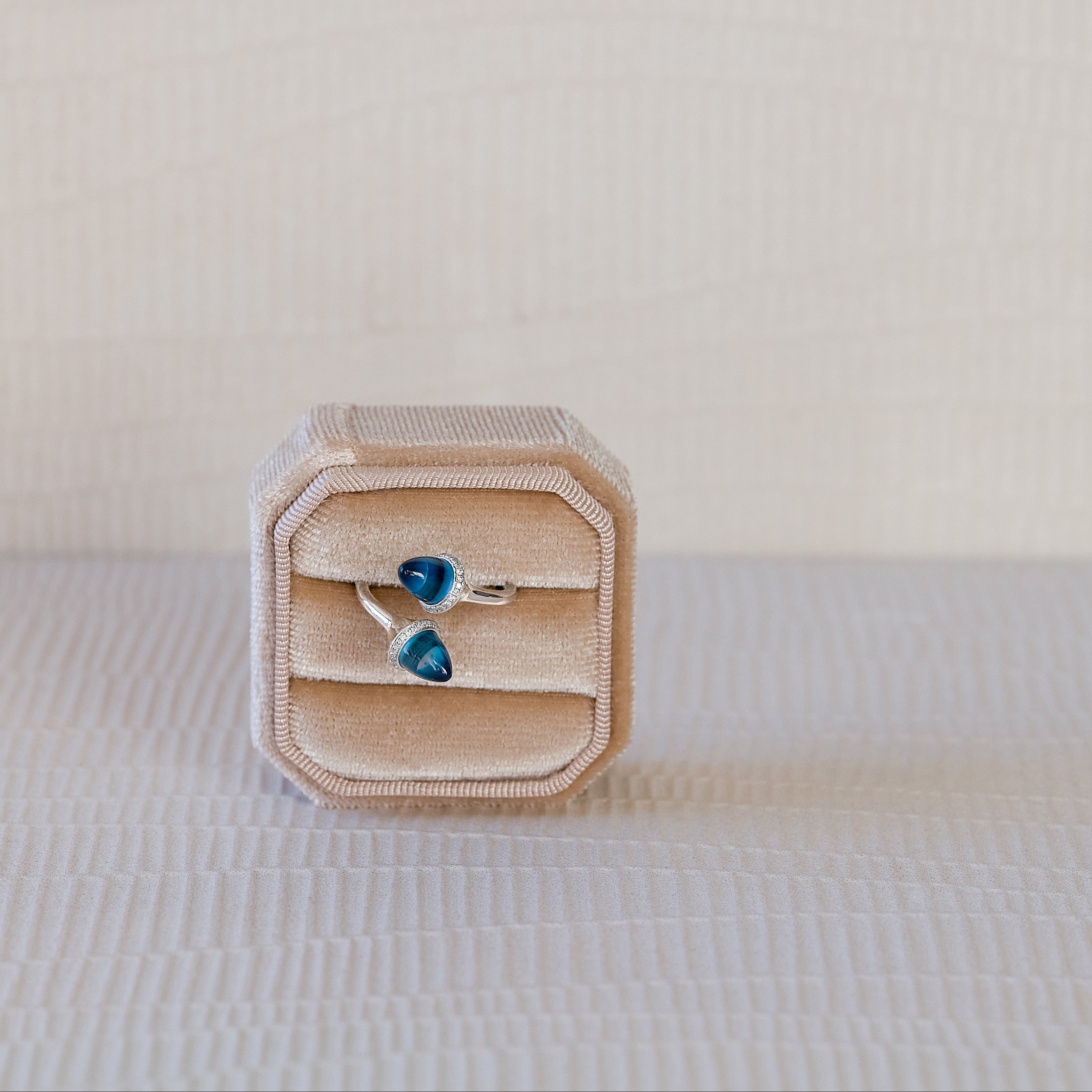For generations, white gold engagement rings have been a quintessential symbol of love, elegance, and purity. Their sleek, silvery-white appearance provides a sophisticated backdrop that allows diamonds and other gemstones to sparkle with unparalleled brilliance, making them a perennially popular choice for couples worldwide.
Filters
Frequently Asked Questions About White Gold Engagement Rings
White gold is an alloy of pure gold (which is naturally yellow) mixed with white metals such as palladium, silver, or nickel. It is then typically plated with a layer of rhodium, a bright, white, and highly reflective metal, to give it its final lustrous appearance and added durability.
Over time, the rhodium plating on white gold can wear off, revealing the slightly yellowish tint of the underlying gold alloy. This process is gradual and depends on wear and tear. To restore its bright white luster, white gold rings periodically need to be re-rhodium plated, typically every 1-3 years depending on the wearer's activities.
It depends on the specific alloy. Historically, nickel was a common alloying metal in white gold, which can cause allergic reactions in some individuals. However, many modern white gold alloys are nickel-free, using palladium or other metals instead. If you have sensitive skin or a known nickel allergy, always ask your jeweler for nickel-free white gold options.
To keep your white gold ring sparkling, clean it regularly with warm water, mild soap (like dish soap), and a soft brush. Rinse thoroughly and dry with a lint-free cloth. Avoid harsh chemicals like chlorine, as they can damage the rhodium plating and the underlying alloy. Store your ring separately to prevent scratches. Periodic professional cleaning and re-plating are recommended.
Platinum is generally considered more durable and resistant to scratches than white gold. While white gold's rhodium plating provides a hard surface, if it scratches, it reveals the underlying alloy. Platinum, being a naturally white and denser metal, doesn't require plating and simply displaces rather than loses metal when scratched, developing a "patina" over tim
Yes, white gold rings can typically be resized by a skilled jeweler. The process involves cutting and rejoining the band, similar to other gold alloys. After resizing, the ring will usually be re-rhodium plated to ensure a consistent white finish.






